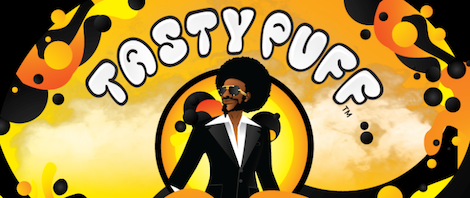Research into the potential medical uses of marijuana compounds continues apace. Among the most recent, a study delved into why marijuana is an effective stress reducer. While not conclusive on their own, the results contribute to a longer-term possibility – that marijuana compounds may turn out to be more effective and safer in alleviating anxiety than prescription anxiety meds.
The recent study focused on marijuana’s potency in reducing the stress response in regular users. Stress was measured by tracking cortisol amounts in study participants’ saliva. Cortisol, the “stress hormone,” is a reliable indicator of stress; higher or lower amounts correlate closely with a person’s response to stressful situations.
The study compared the stress responses of a group of daily marijuana users to a group of non-users. The results were consistent: regular users had a “blunted” response to acute stress. In effect, their internal stress engines had been turned down by regular exposure to marijuana.
“To the best of our knowledge, this is the first study to examine the effects of acute stress on salivary cortisol levels in chronic cannabis users compared to non-users,” said Carrie Cuttler, study co-author and clinical assistant professor of psychology. “While we are not at a point where we are comfortable saying whether this muted stress response is a good thing or a bad thing, our work is an important first step in investigating potential therapeutic benefits of cannabis at a time when its use is spreading faster than ever before.”
The comment that this result is too preliminary to be called “a good or a bad thing” is well-taken (turning down the stress response too much is likely to have both negatives and positives), but it does point to the potential for harnessing a modified version of this effect down the road.
These results pair well with findings from research showing that marijuana compounds have a distinct effect on levels of the neurotransmitter GABA, which plays a key role in the anxiety response. GABA is an inhibitory neurotransmitter that acts as a brake on anxiety, counterbalancing the effects of excitatory brain chemicals like glutamate. Early research suggests that compounds in marijuana, particularly cannabidiol (CBD), enhance GABA’s effects with moderate downsides. (CBD has an impressive research profile in several areas, anxiety among them.)
Benzodiazepines, the most commonly used prescription anxiety meds, also affect GABA levels. The meds are effective at quickly delivering what users are seeking – an anxiety extinguishing calmness
But that benefit comes at a cost. Tolerance to benzodiazepines, including Xanax and Klonopin, builds rapidly, requiring a user to take more and more of the meds to get the same effect. It doesn’t take long to develop a dependency that may not end. Instead of going through the well-documented hell of getting off the meds, many users choose to stay on them indefinitely. In addition, benzo side effects—fatigue, disorientation and mental fogginess, among others—are notoriously difficult to manage while trying to make it through the day. Overdose potential for benzos is also high, accounting for thousands of deaths in the U.S. every year.
While preliminary, the latest research suggests that the compounds in marijuana could eventually be harnessed to deliver anxiety relief with decreased dependency, fewer side effects and less overdose potential.
via: Forbes





























